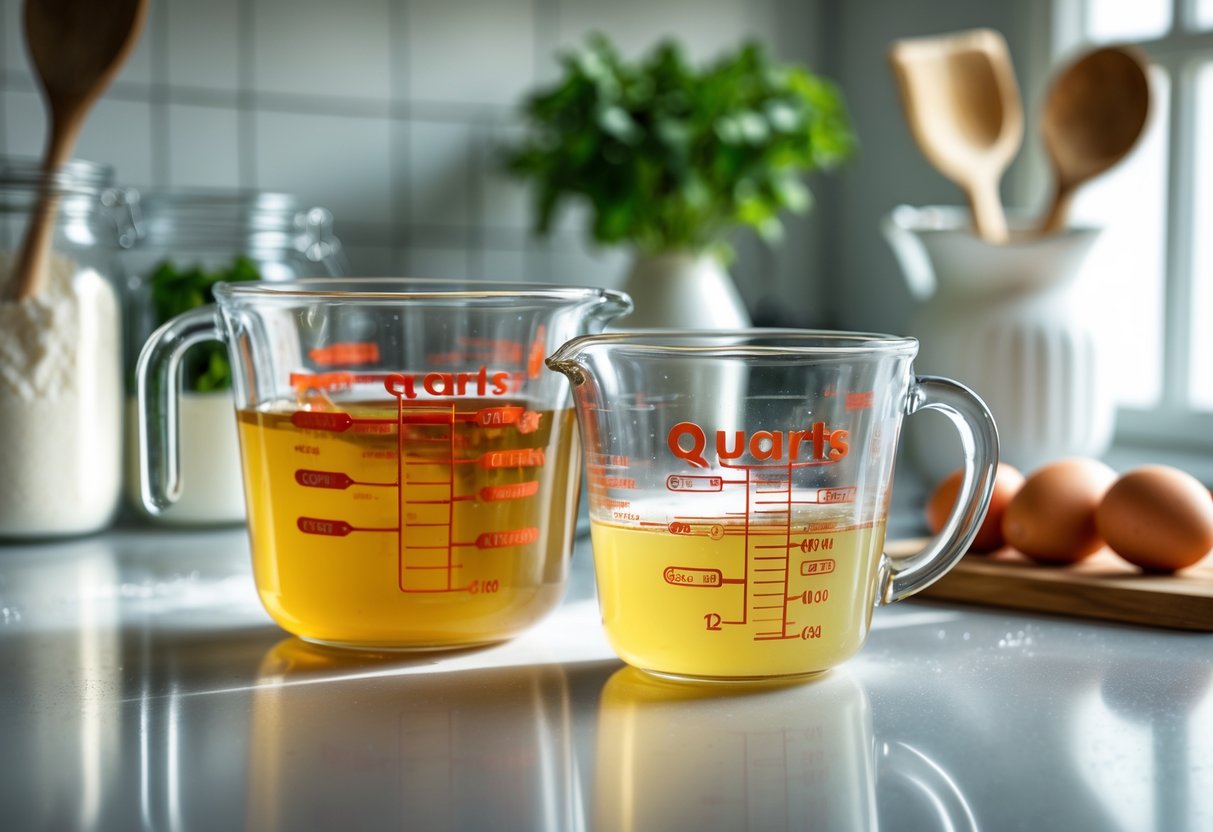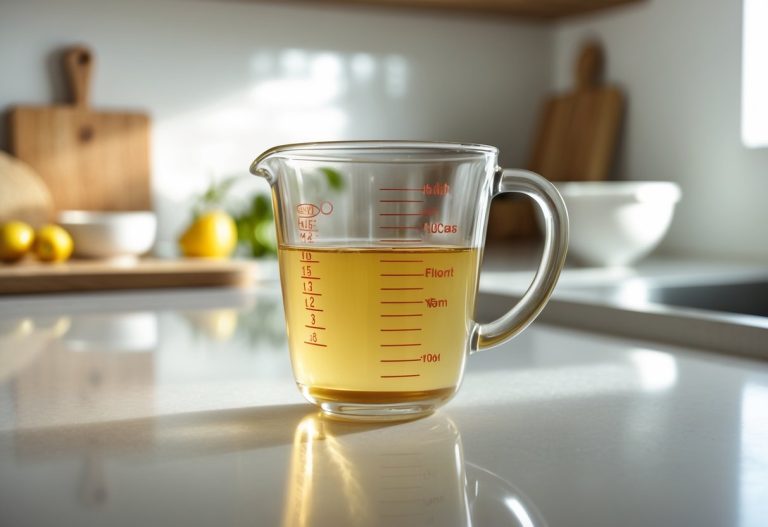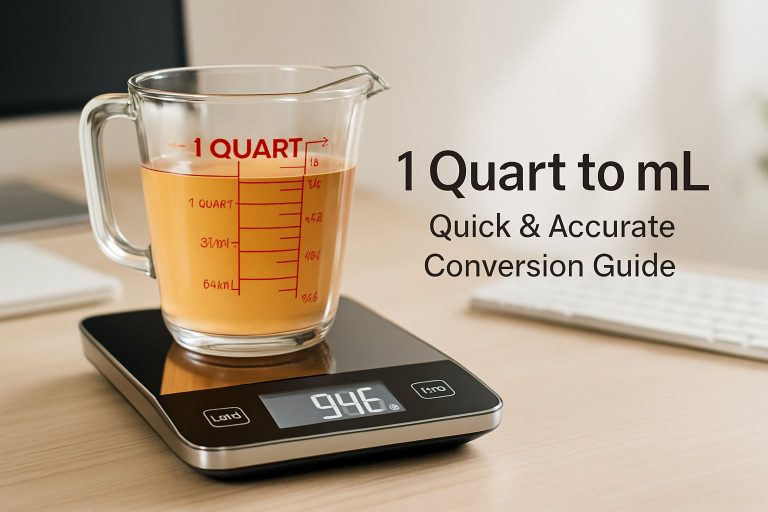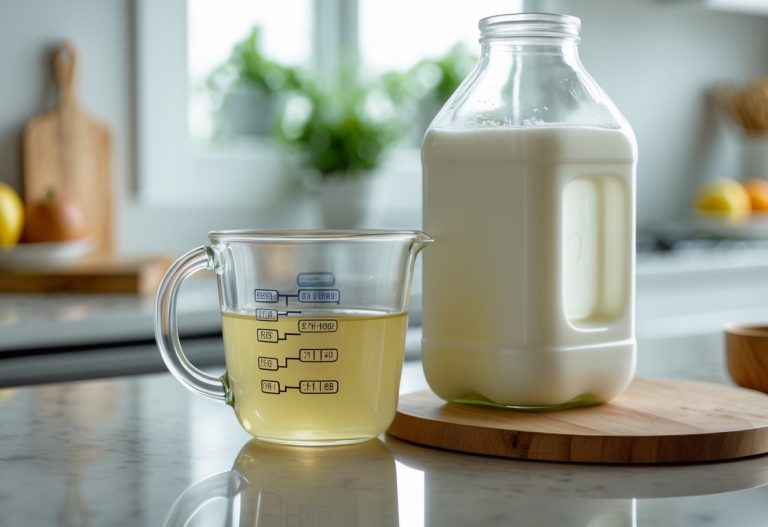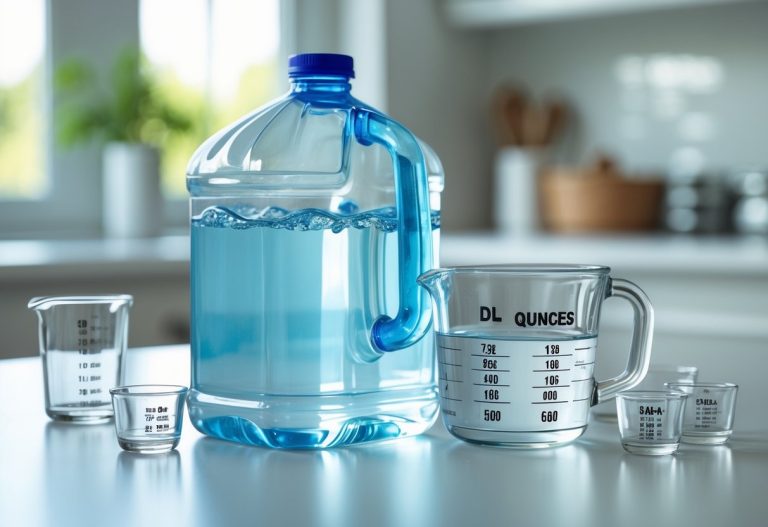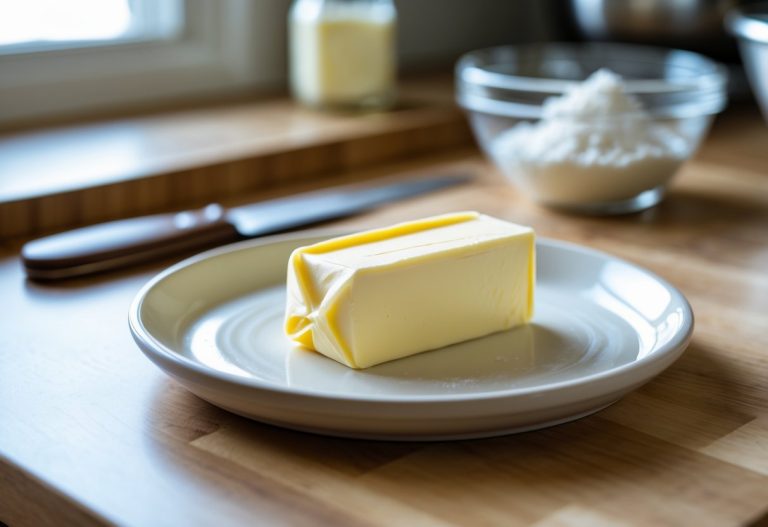6 Quarts to Cups Conversion Made Easy for Your Kitchen Needs
If you’re working with recipes or measurements, knowing how to convert quarts to cups can come in handy. It’s a simple switch but saves you from guesswork and helps you get your recipe just right.
6 quarts equals 24 cups, since one quart always equals 4 cups. This makes it easy to multiply and convert as you need.
Whether you’re cooking, baking, or measuring liquids, understanding this conversion helps you follow instructions better and avoid mistakes. It’s a small step that can make a big difference in your kitchen.
Understanding 6 Quarts to Cups Conversion

When you work with liquid measurements, knowing how to switch between units helps a lot. You’ll see the exact number of cups in 6 quarts, the math used to get that number, and how this fits with other common liquid units.
How Many Cups Are in 6 Quarts?
You might wonder how many cups make up 6 quarts. The answer is simple: there are 4 cups in 1 quart. So, to find out how many cups are in 6 quarts, you multiply 6 by 4.
That gives you:
6 quarts × 4 cups/quart = 24 cups
This means 6 quarts is exactly 24 cups. This conversion is handy when you follow recipes or measure liquids for other tasks.
The Math Behind the Conversion
The base of this conversion is knowing that 1 quart equals 4 cups. This is important for all programming or manual conversions from quarts to cups.
You can write the formula like this:
Number of cups = Number of quarts × 4
For 6 quarts, it’s:
6 × 4 = 24 cups
If you ever want to convert cups back to quarts, divide the number of cups by 4. This system keeps it easy to switch between cups and quarts without errors.
Related Units of Liquid Volume
Besides quarts and cups, there are other units for liquid volume in the US customary system.
- Pints: 1 quart = 2 pints
- Gallons: 1 gallon = 4 quarts
- Fluid Ounces: 1 cup = 8 fluid ounces
These units often come up when you convert or use a liquid volume conversion chart or converter. Understanding these relationships makes common unit conversions smoother and faster.
If you know the number of cups, pints, or gallons, you can easily switch to quarts or other units whenever you need.
Comparing Quarts, Cups, and Other Volume Measurements

Understanding the differences between common kitchen volume measurements helps you follow recipes more precisely. You’ll also get a clearer idea of how quarts relate to gallons, pints, and smaller units like ounces and teaspoons. Plus, knowing which measuring cups to use for dry and wet ingredients is key for accurate results.
Quarts to Gallons and Pints
One quart equals 4 cups. To see bigger volumes, note that 1 gallon = 4 quarts. So, 6 quarts is 1.5 gallons.
You’ll also find 1 quart equals 2 pints. For example, 6 quarts would be 12 pints.
Here’s a quick reference:
| Measurement | Equivalent |
|---|---|
| 1 gallon | 4 quarts |
| 1 quart | 2 pints or 4 cups |
| 1 pint (US) | 2 cups |
These conversions come in handy when you’re scaling recipes or measuring large amounts of liquid.
Ounces, Tablespoons, and Teaspoons Explained
Smaller liquid amounts are measured in fluid ounces, tablespoons, and teaspoons.
- 1 cup = 8 fluid ounces
- 1 fluid ounce = 2 tablespoons
- 1 tablespoon = 3 teaspoons
For example, if a recipe calls for 6 cups, that equals 48 fluid ounces (6 × 8). This can also be broken down further into tablespoons or teaspoons if needed.
These units are great when you need to measure spices, extracts, or small liquid additions where cups or quarts are too large.
Measuring Cups for Dry and Wet Ingredients
Measuring cups for wet and dry ingredients are not the same.
-
Wet measuring cups are usually clear and have a spout. They let you see the liquid level and measure accurately in cups, ounces, or milliliters.
-
Dry measuring cups are solid and come in sets (like 1 cup, ½ cup). You fill and level them off for precise dry measurements.
Using wet cups for liquids and dry cups for solids, like flour or sugar, helps ensure your measurements are exact. This is important because 6 cups of flour won’t weigh the same as 6 cups of water due to density differences.
